Shanghai Q2 Performance: Technology, value and trust
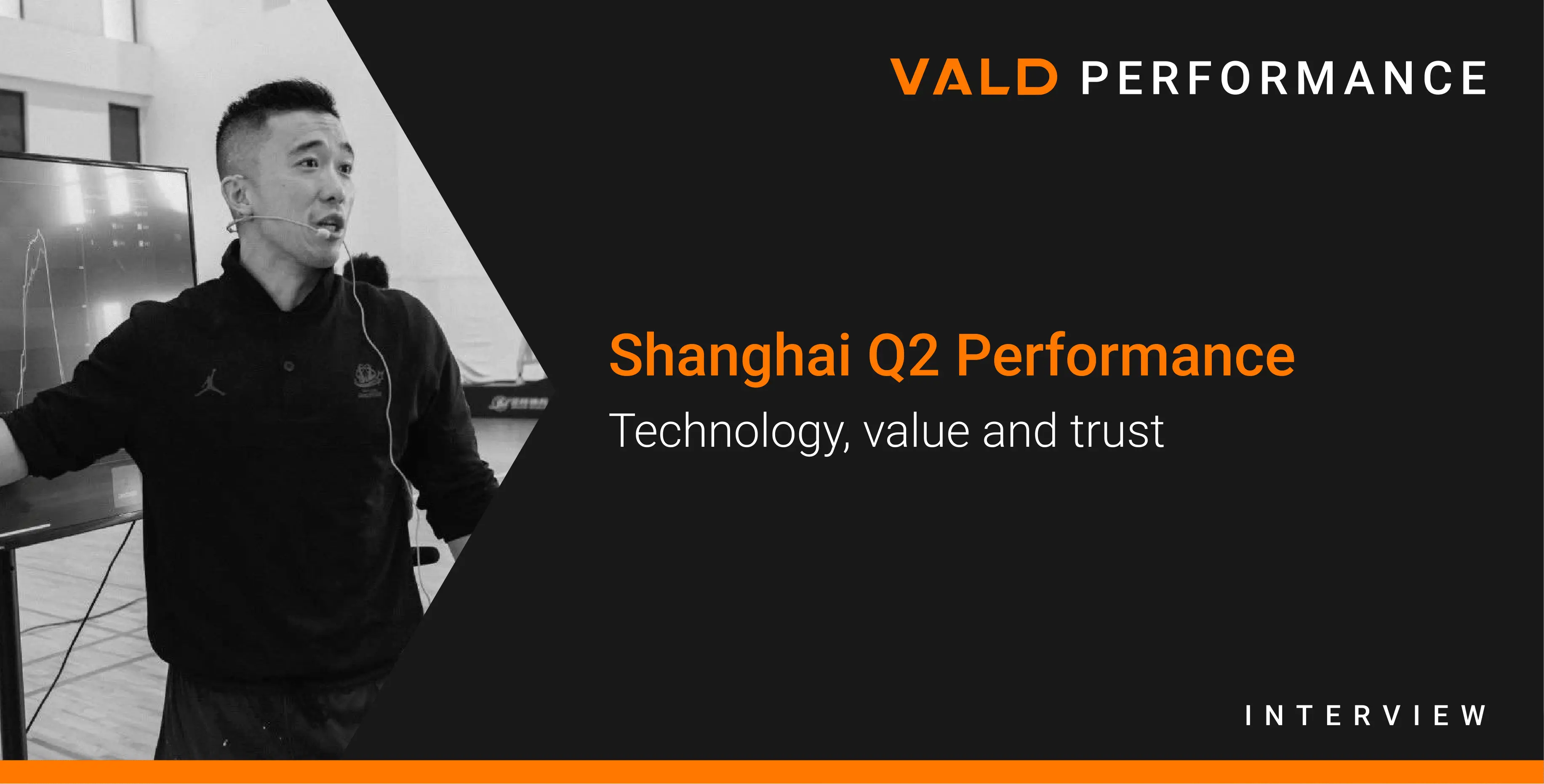
Q2 Performance is an emerging private performance training and rehabilitation center in Shanghai, known for its professional sports science and strength and conditioning (S&C) staff. Q2 Performance offers a range of services to both performance athletes and youth in development, incorporating a myriad of measurement technologies and advanced data analysis to understand and improve the mechanics and performance of its athletic populations.
Over the past year, Q2 Performance has integrated various VALD technologies, including ForceDecks, ForceFrame, NordBord, SmartSpeed and DynaMo, into their training, profiling and testing processes. VALD’s Kal Sun interviewed Quan Wen, the founder and head coach of Q2 Performance, to learn more about how they have implemented VALD’s technology and the impacts they have experienced.
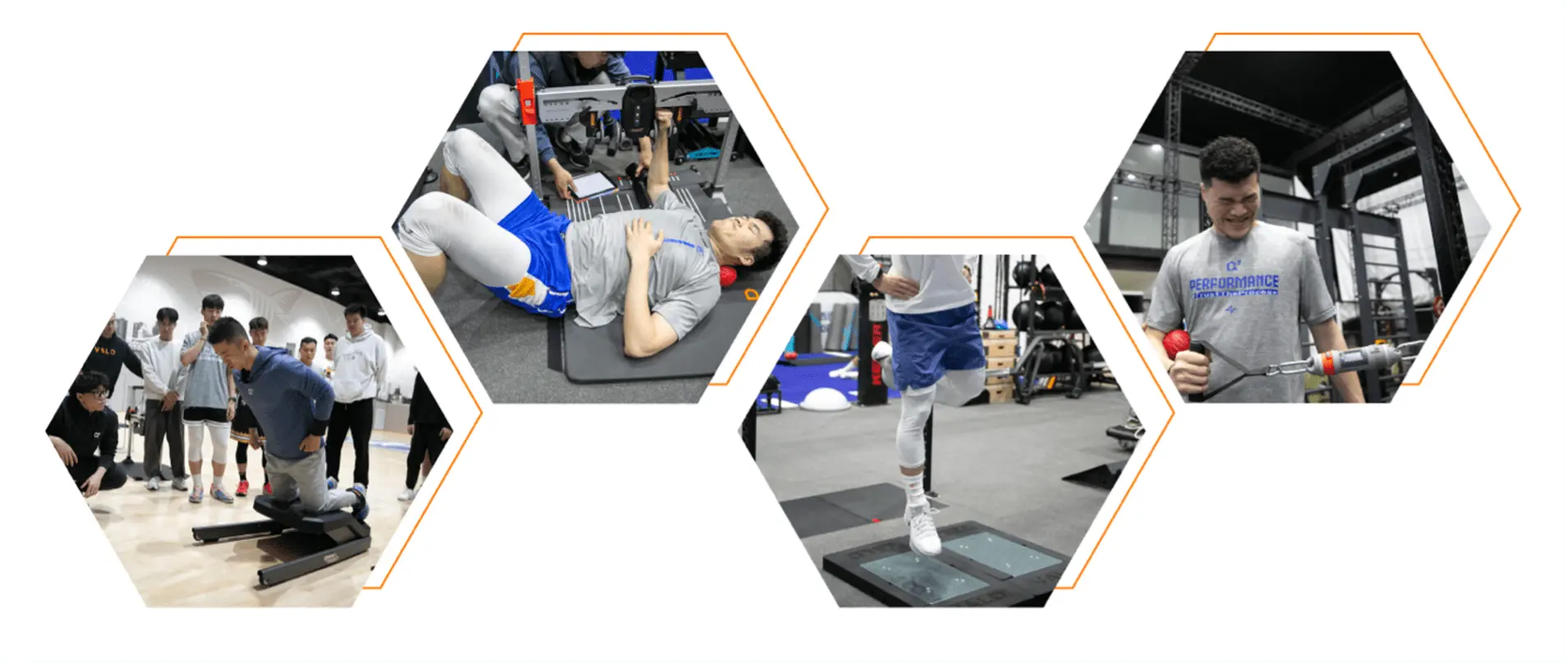
Can you describe your journey with sports technology and what specifically led you to use VALD’s systems?
Assessments are common in sports – whether it’s 1RM, jump height or skinfolds – the ultimate goal is to provide more accurate and objective measurements. VALD caught my attention because it offers unbiased data to inform the many decisions I have to make each day. This capability improves our work efficiency, allowing us to spend more time on coaching.
…it offers unbiased data to inform the many decisions I have to make each day.
I often like to use a “hospital” as an analogy for an S&C program. Just as doctors need X-rays, MRI and CT scans to make accurate diagnoses, our S&C coaches also need these objective measurements to make informed decisions.
I first learned about VALD while working in the US; it was evident that VALD’s systems are implemented widely by almost all top-tier sporting leagues like the National Baseball Association (NBA), National Football League (NFL) and major health industries.
Seeing VALD’s prominence in these top-tier organizations, it was clear to me that VALD is recognized as the gold standard of objective measurement in the musculoskeletal (MSK) industry.
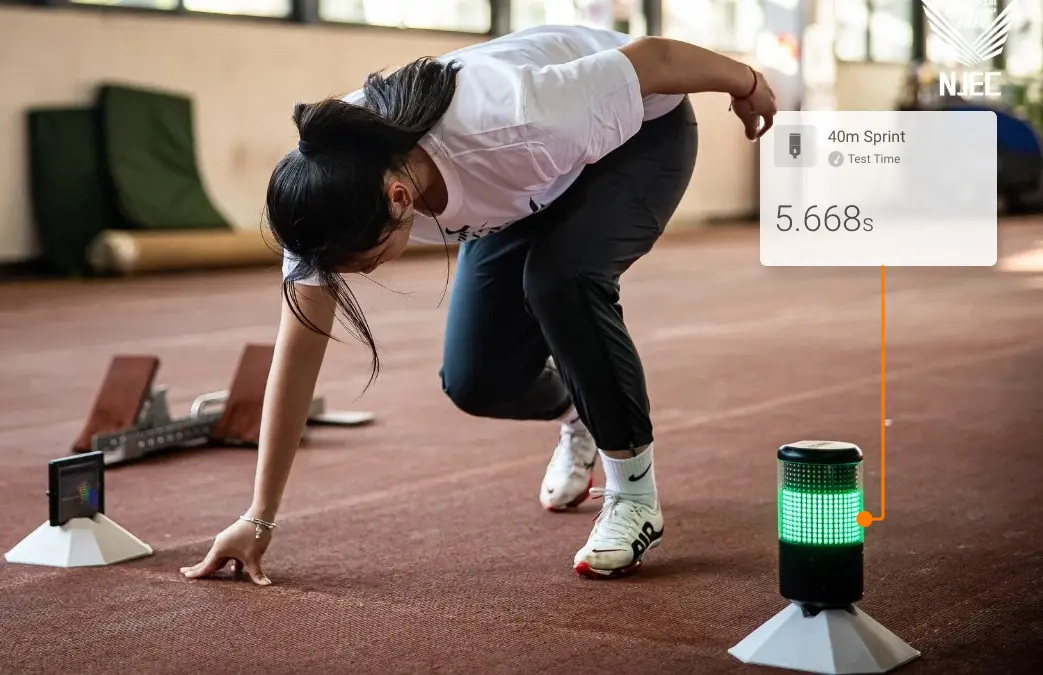
What were the key factors that influenced your decision to integrate VALD’s systems at Q2 Performance?
I believe the main reason for testing is to find the differences and compare them laterally and longitudinally. This fundamental need directed us towards a system that is globally recognized and widely used. Choosing VALD was straightforward because it is backed by substantial use in both professional sports and academic research, providing us with reliable standards and benchmarks. The worldwide use of VALD’s technologies not only aligns us with best practices but also enhances the reliability and effectiveness of our protocols at Q2.
Choosing VALD was straightforward because it is backed by substantial use in both professional sports and academic research, providing us with reliable standards and benchmarks.
How have these systems been integrated into your day-to-day work and what improvements have you noticed?
We conduct tests every Monday as athletes enter a new microcycle and we continue to test them when they start and finish a program. We also perform daily assessments to check for fatigue and other physical attributes. Specifically, our Monday sessions involve:
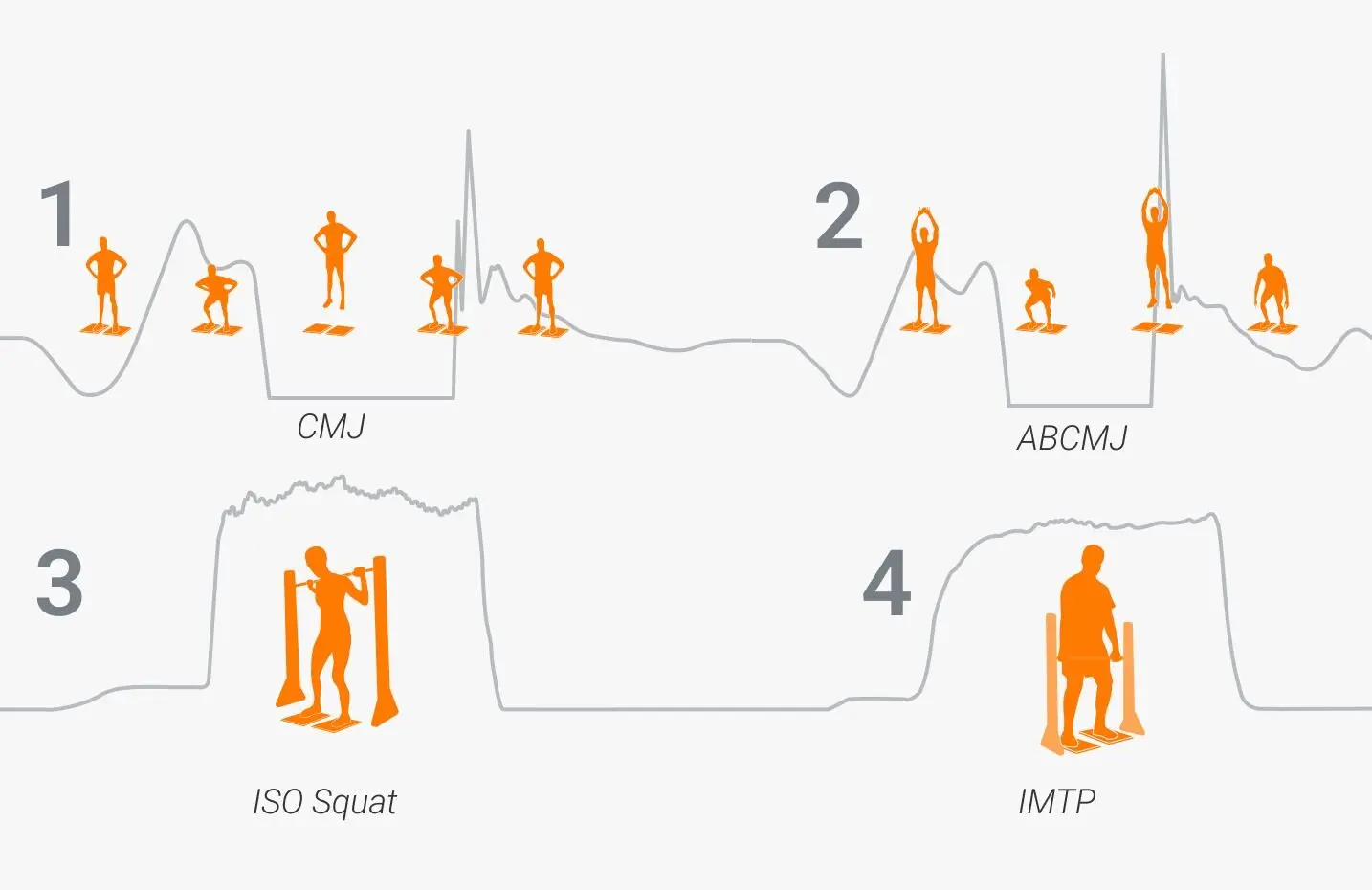
These tests are not only routine but are tailored to individual training goals, ensuring that each athlete's specific needs are addressed.
For instance, we had an athlete who was 16 weeks post ACL reconstruction with a hamstring graft. He expressed concerns about not feeling “powerful in his legs.” We conducted a quick and simple test and discovered that his Rate of Force Development (RFD) at 150 milliseconds (ms) and 200ms was 40% lower on the injured side, indicating a significant deficit.
This result led us to adjust his training program and provide crucial feedback to his team to help ensure a smooth transition into the season.
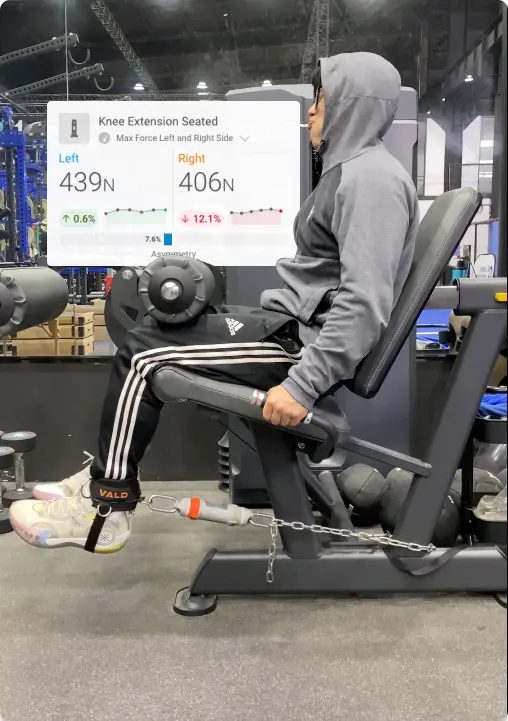
A Q2 Performance athlete testing knee extension (quadriceps) strength test with DynaMo.
Additionally, it is evident that force production varies under different knee angles. So, to accurately assess and improve this, we use systems like DynaMo and ForceFrame for testing isometric strength at specific angles. Similarly, we also use the NordBord to observe the dynamic force output curve as athletes progress through their repetitions.
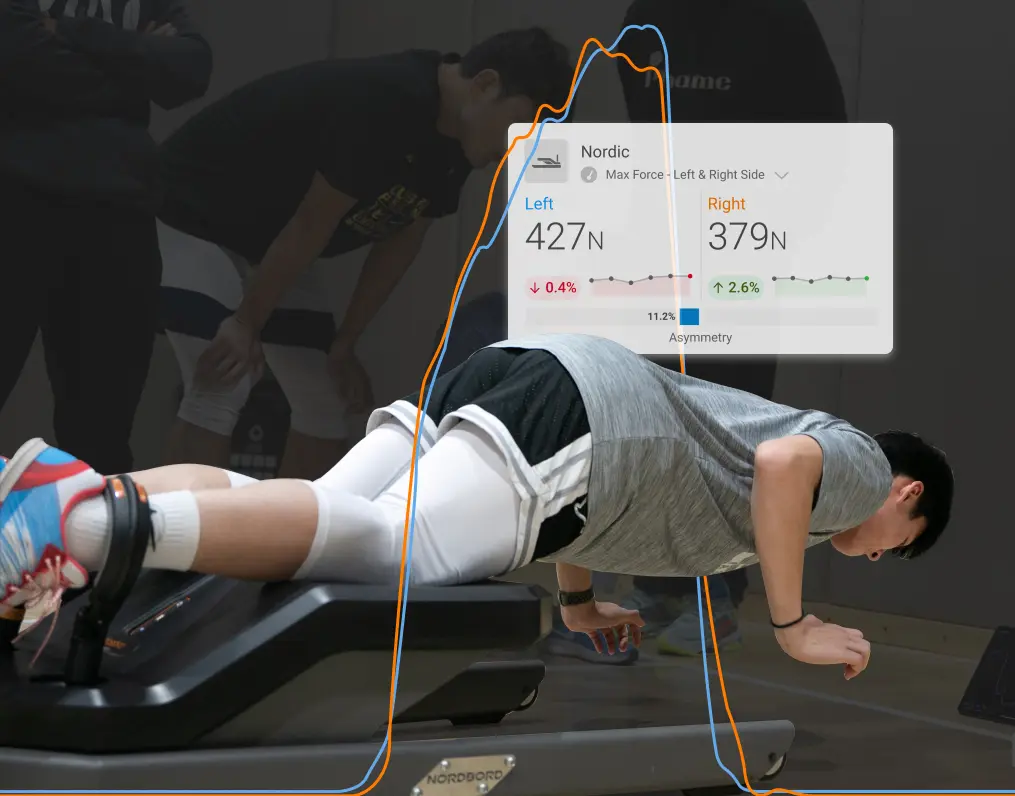
We commonly hear from those new to technology that the metrics can feel somewhat overwhelming. How do you approach overcoming this?
After I got ForceDecks, I found myself asking: “There are so many metrics; which one should I use?” Among the metrics available, we focus on a few, like the Reactive Strength Index (RSI) specific metrics and particularly RSImod, because studies suggest that it is the more reliable way of measuring RSI.
In addition, ForceDecks provides not only absolute values but also relative values, which allows us to put everyone on the same line to compare, disregarding the weight difference or daily weight fluctuation. We also sit down with the athletes to discuss their goals and choose the most appropriate metric for them, making it a very personalized approach.
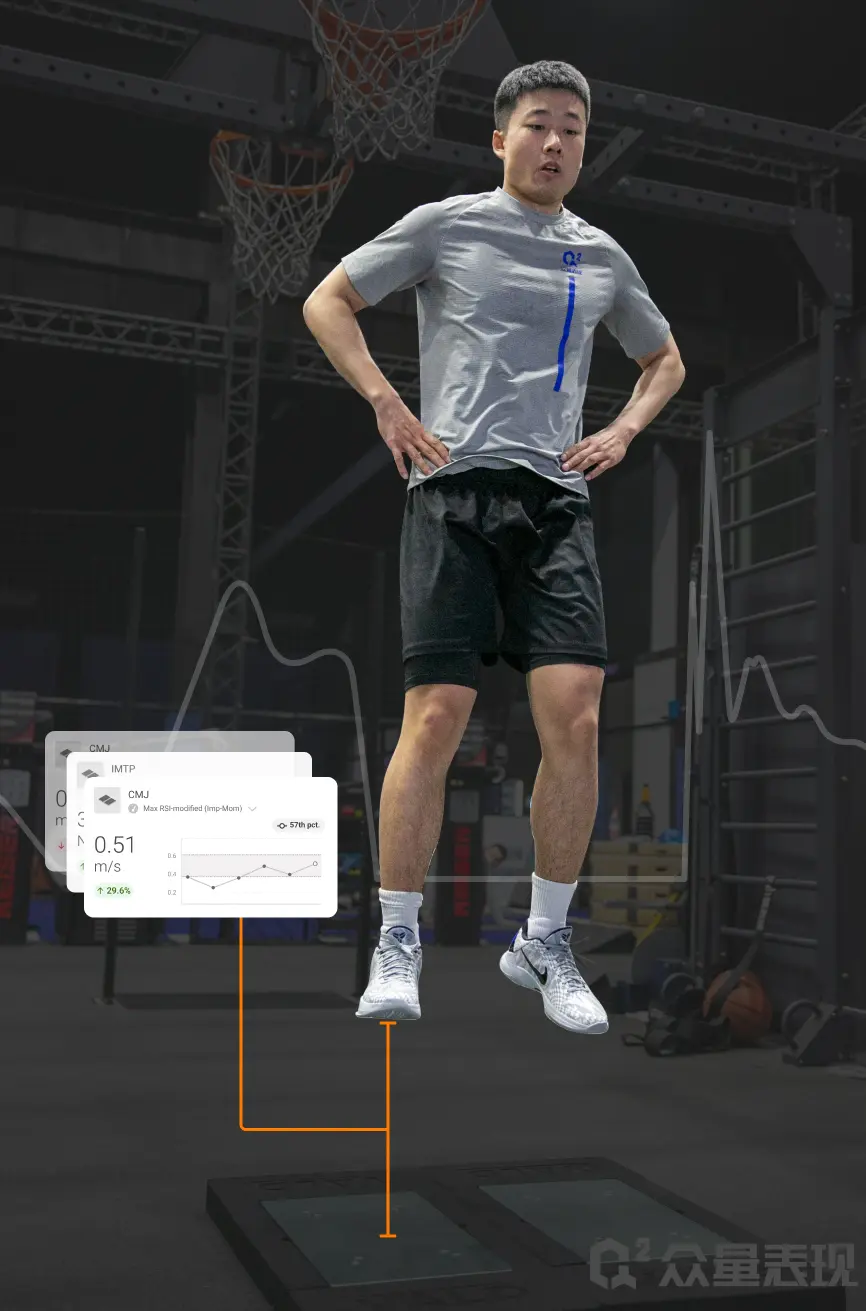
An athlete performing a CMJ test with ForceDecks.
How do you use objective measurements to build and sustain trust with your athletes, and how has this approach benefited your business?
In a setting where clients choose to attend our center, it is crucial to quickly establish trust with them. This is in contrast to working with a team where there is more time to work on these relationships. Previously, when I was working with professional teams such as Shanghai Sharks (CBA), IMG Academy, Stanford University Basketball team and EXOS, I represented the team, which was the source of the pre-existing trust. Also, because I was with the athletes every day, trust was easier to establish.
Now, at Q2, I realize that the time I can spend with athletes is very limited, so to build and maintain trust quickly, we use a highly efficient testing process. Our tests take about 3-5 minutes for five different measurements and we have intern coaches who help manage these testing components efficiently. This quick and efficient testing allows us to quickly test, train and re-test, achieving results that help maintain trust and retain clients in this competitive industry.
Our tests take about 3-5 minutes for five different measurements…allowing us to quickly test, train and re-test, achieving results that help maintain trust and retain clients.
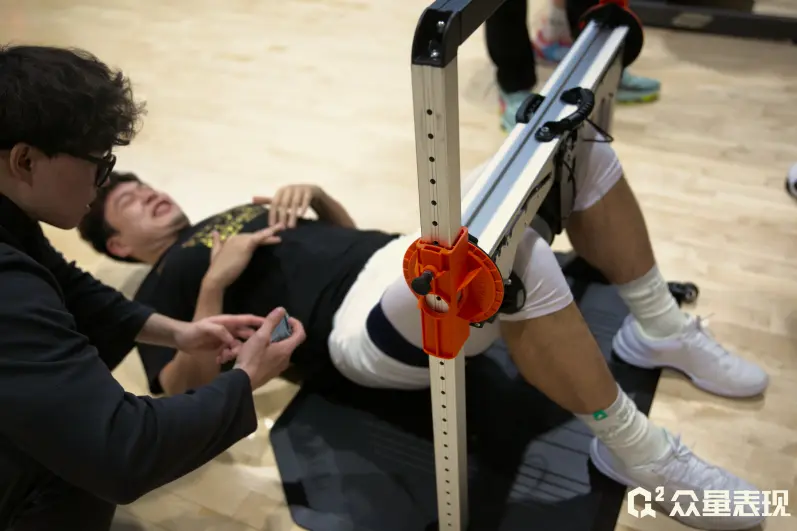
Given the perception that high-quality sports technology is costly, how do you, as a start-up, justify the investment in VALD systems?
It would be unrealistic to say that, as a start-up business, we could buy whatever VALD systems we want. We onboarded these systems one at a time, which is why I see this as an investment. I’ve had a plan in place to generate more revenue with the investment I’ve made, the literal definition of investment. I think if you want to achieve a goal, you must have the tools to do that. Moreover, the price is acceptable if you have a return on investment (ROI) strategy in place.
We onboarded these systems one at a time… I’ve had a plan in place to generate more revenue with the investment I’ve made…if you want to achieve a goal, you must have the tools to do that.
Having strategically integrated these systems one by one, what value have you seen?
The first indirect value we’ve observed is in brand collaboration. VALD’s name is much bigger than ours and for a start-up, it is vital to be associated with a brand that is renowned in the industry. This association with VALD elevates our reputation and when people see Q2 and VALD together, the perceived value is tremendous.
This association with VALD elevates our reputation…when people see Q2 and VALD together, the perceived value is tremendous.
The direct value comes from an increase in clients and the improvement is noticeable in the gym. The training environment has significantly improved and I believe we are moving in a positive direction every quarter. This growth allows us to reinvest a lot of our revenue back into improving our services and enhancing client experiences, which aligns perfectly with VALD’s objectives.
Data drives decision-making in every field. What features of VALD Hub do you find most useful and where do you see the potential for improvement?
VALD Hub essentially acts like an athlete management system (AMS), where we can view, edit and retrieve data from the cloud. This functionality is incredibly convenient and has proven to be a powerful tool for managing athlete information and performance metrics.
It’s a great platform, although we probably haven’t even explored 80% of its capabilities; we are continuously learning and mastering this resource. Additionally, the availability of normative data reports is helpful – they offer a range of reports that help us benchmark our athletes' performances against industry standards.
…the availability of normative data reports…helps us benchmark our athletes' performances against industry standards.
How do you perceive the value of VALD’s subscription model in terms of ROI?
The value of VALD's fixed-price subscription model can be fundamentally analyzed through the lens of ROI, much like any major purchase in business or personal life. As a business owner, I'm constantly evaluating whether the benefits of the subscription outweigh the costs. This constant assessment guides our decisions on whether to maintain the subscription or not.
For us at Q2, as long as the product or service continues to generate positive revenue or at least helps maintain financial equilibrium, the investment is justified. This model of assessment isn't just applicable to business purchases but extends to any investment, including employment. If there is a tangible return – be it in revenue, efficiency or enhanced capabilities – that reinforces the value of the investment, I am confident in the decision.
In addition, when we needed a replacement, this was covered free of charge (thanks to the subscription model) and there was minimal disruption to my daily work.
Can you tell us about your experience with VALD’s Client Success and Support?
So far, I’m happy with both the product and the services VALD provides. Whether it involves troubleshooting or replacements, VALD has been actively solving these issues for us.
There was also a time when I needed urgent troubleshooting to ensure I could test a group of athletes – Kal and the VALD Support team responded quickly and resolved the issue. This is a trait of a company I want to work closely with.
If you would like to know more about how to integrate VALD’s human measurement technology into your organization to help improve your client engagement, please reach out here.
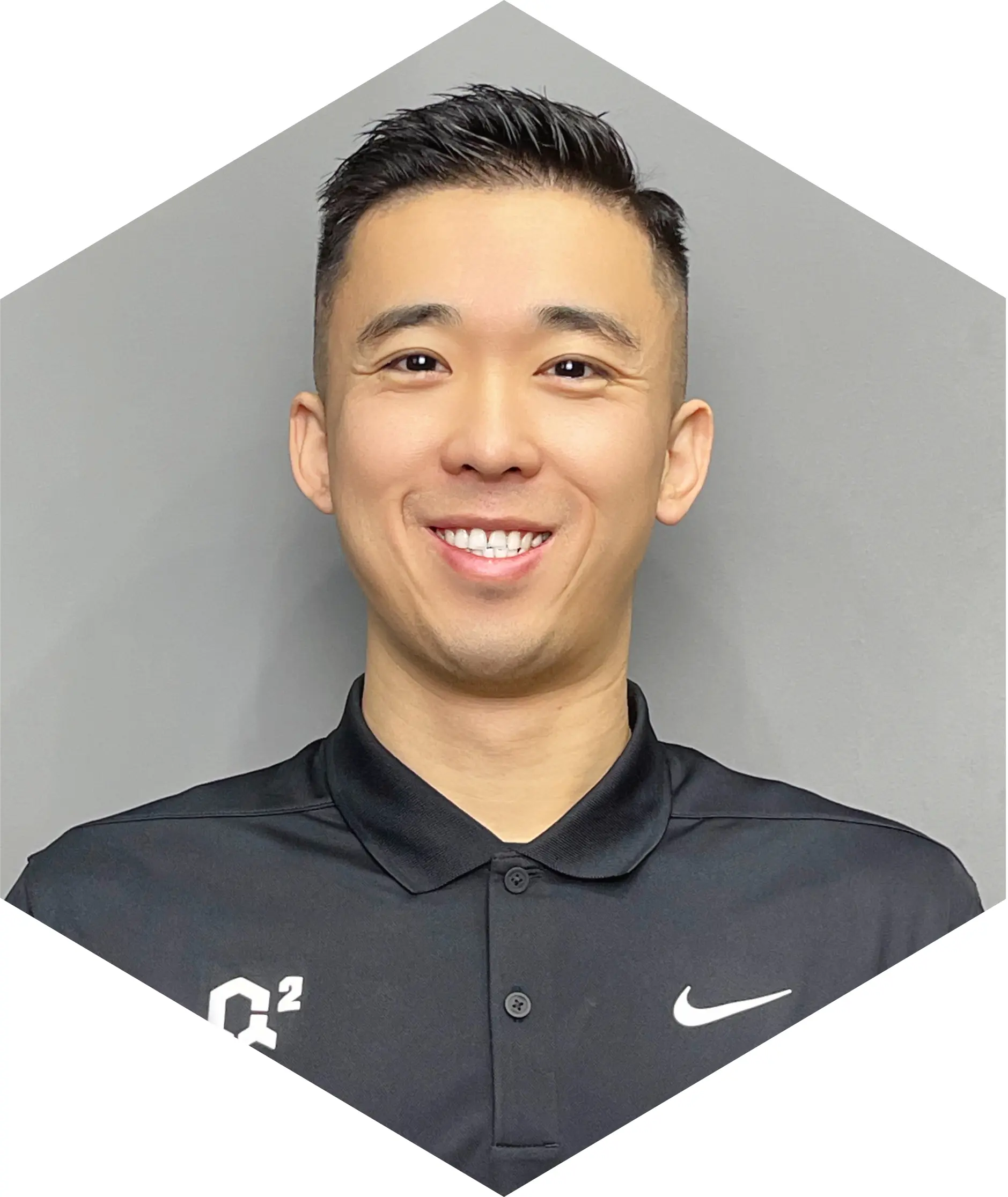
Quan Wen is the founder of Q2 Performance. With a rich background as the former Director of Sports Performance for the Shanghai Sharks and Shanxi Dragons in the Chinese Basketball Association (CBA) and a physical conditioning coach at IMG Academy, Quan brings a deep understanding of athlete development to his role. He holds a Bachelor of Science and a Master of Education degree in Sports Coaching from Beijing Sport University, China, and a Master of Science in Strength and Conditioning from Springfield College, US. Certified by the National Strength and Conditioning Association as a Certified Strength and Conditioning Specialist and serving as a Nike trainer since 2016, Quan is dedicated to leveraging technology to enhance elite performance and provide top-tier solutions for athletes in China.

